More travels in science…
- By Maggie Masetti
- June 25, 2010
- 1 Comment
I really enjoyed Faith’s tour of Bern and Einstein’s life there. If you enjoy cities with a rich scientific history, then Heidelberg, Germany may also be for you! Many famous scientists lived and worked there.
Here are a few of the things you may want to check out if you visit.
The Friedrich Building, which faces the Haupstrasse (and which today houses the Institute for Psychology) has in front of it a statue of the chemist Robert Bunsen, who lived and taught in Heidelberg for 44 years. Bunsen made a great number of important discoveries, but is perhaps best known for his work studying emission spectra of heated elements with Gustav Kirchhoff. The special gas burner he developed for this work was named after him – and we still use these Bunsen burners in labs and classrooms everywhere.
Across the street from Bunsen’s statue is the Haus zum Riesen, where in 1859 Kirchhoff applied the spectral analysis that he and Bunsen had established to the sun and the stars. There are plaques dedicated to them on the building. Later, an important geologist, Wilhelm Salomon-Calvi, worked there.
This is Bunsen’s house, which is nearby:
If you head to the University Square, you’ll find the Old University building, in which there is a museum:
Inside you’ll find the actual spectroscope used by Kirchhoff and Bunsen!
Here is the house of famous astronomer Max Wolf, a Heidelberg native, who made his name developing a photographic method for observing the stars. The founder of Heidelberg Observatory, he had his own tower-like observatory built in his parent’s backyard while he was still a student. It’s from this observatory that Wolf made his first credited astronomical discovery in 1884, the comet 14P/Wolf.
Wolf attended the University of Heidelberg, achieving his PhD in 1888. Other than a year in Stockholm, he spent the rest of career in Heidelberg. One of the things Wolf is credited with is using his photographic techniques to discover that the mysterious nebulae, or “holes in the sky”, that had puzzled scientists, were actually clouds of opaque dust.
Lastly, there is a little touch of Einstein here – if you visit the Church of the Holy Spirit – there is a “Physicist’s Window”. See if you can find Einstein’s famous equation on it!



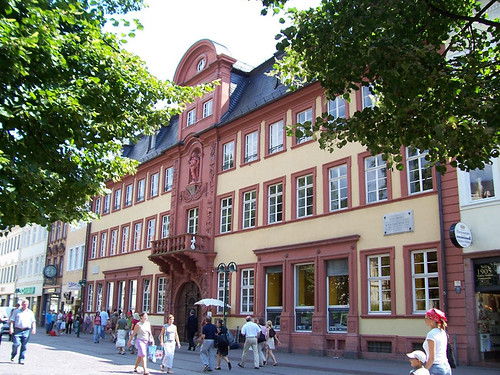

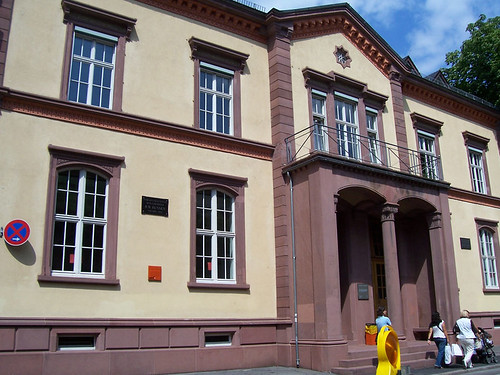
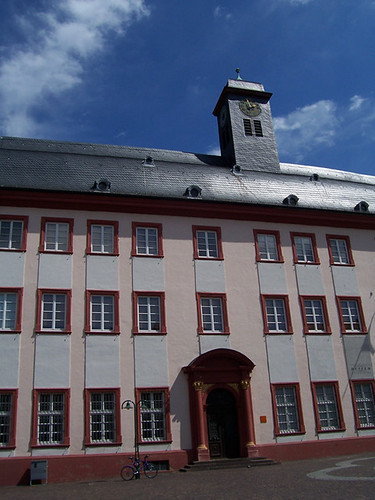
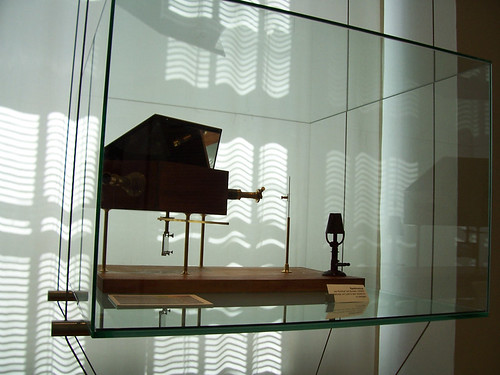
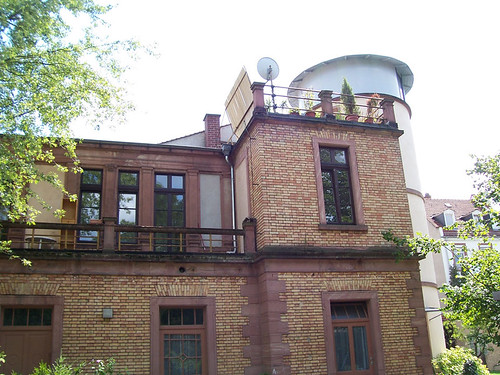
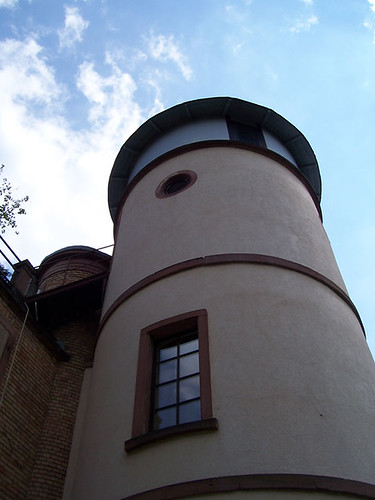
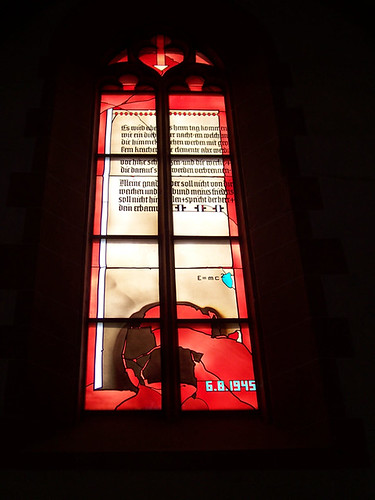

[…] 25/06/2010 · Leave a Comment NASA Blueshift, the official podcast and blog of NASA Goddard‘s Astrophysics section has put up another tour of a scientific part of the world. This time it is the home of Robert Bunsen, him of the burners available in every school chemistry lab. Heidelberg, Germany has also been home to Gustav Kirchhoff, who studied the emission spectra of burning materials. The actual equipment he and Bunsen used is still available for viewing at the Old University Building in University Square. Max Wolf, who amongst other things discovered a comet and what nebulae were, also lived in the city and there’s a Physicists Window to be seen in the Church of the Holy Spirit. See here for fuller information and pictures. […]